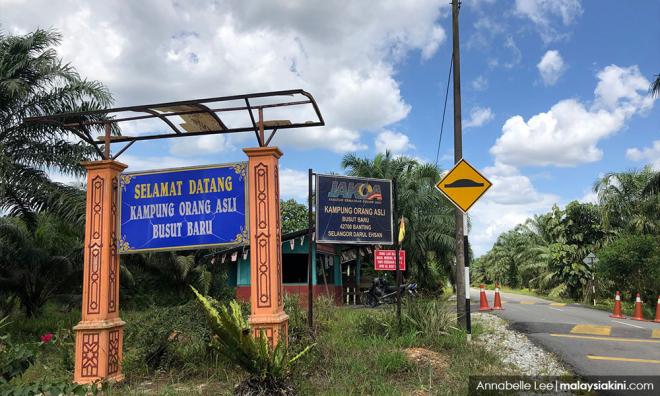
Travelling to Kampung Busut Baru, one first drives through one high-end housing development after another.
The projects all boast a similar unique selling point - the luxury of living close to nature while being within reach of metropolises like Shah Alam, Putrajaya and Subang Jaya.
Not far from the lush gated residences, however, Temuan Orang Asli folk are concerned that they may lose a patch of forest that they cherish to make way for developments just like these.
It was a Friday afternoon when Malaysiakini visited the village.
Children had changed out of their school uniforms to play outside, and men were cycling to their plantations carrying rakes to harvest oil palm fruit.
The village was basic but decently equipped. For 85 families totalling about 600 people, there was a field, school, kindergarten, community hall, tar roads, water supply and electricity.
Many parts of the village border the edge of the Kuala Langat (North) Forest Reserve, where 70-year-old Bonet Baba (below) often goes to pick up vegetables for the night’s dinner, or bamboo for building material.
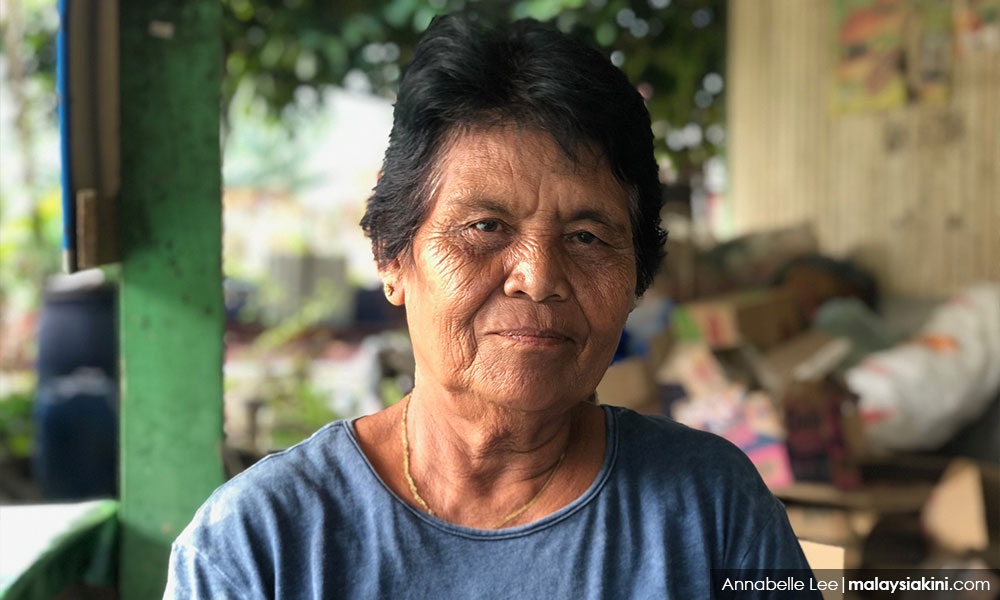
Sometimes, she goes in to pluck medicinal herbs like kacip fatimah, tongkat ali and what the Temuan call tunjang bumi for a friend or family member in need.
“We usually boil the herbs, both the leaves and roots, and make it into a drink for women who have just given birth.
“These plants are only found in the forest because the temperature in there is cooler than out here,” she told Malaysiakini when met at the village shop.

Aside from a resource centre, being amongst trees in the forest reserve reminds her of her old village - Kampung Busut.
“I like coming here just to look at the surroundings as it makes me feel like I am in my old kampung again, it was near a big forest,” she reminisced.
Back in 1993, Kampung Busut folk were made to relocate from their location in Sepang - where they had been for generations - to make way for the construction of the Kuala Lumpur International Airport (KLIA).
As compensation, the government had given them a 1,000-acre (997.5ha) plot 40 km away, where they have stayed ever since.
Bonet is almost in tears as she talks about her old village, and regrets how she will never be able to show her five grandchildren where she grew up.
However, she finds consolation in being able to pass on her knowledge of the forest when she spends time with them in the forest reserve.
Thus, she hoped that the Selangor government would reconsider its proposal to de-gazette 97.1 percent (930.93ha) of the 958ha forest and turn it into a mixed-development project.
Rebirth after a fire
Selangor menteri besar Amirudin Shari previously recommended that the area be developed as he said that 40 percent of trees had become “degraded” due to a previous fire.
He also said that the reserve posed a fire hazard to the many up and coming housing developments around it.
For Kampung Busut Baru's tok batin (village chief) Sari Senin, he observed that the forest had begun rejuvenating itself after the 2015 fire.
Environmental groups like the Global Environmental Centre (GEC) have been working with students from the village school to organise forest rehabilitation programmes where they plant trees where the fire once razed.
“We have not had a fire here since then,” Sari told Malaysiakini.

Sari (above), who goes into the forest reserve several times a week to hunt, said he had seen pygmy flying squirrels, sun bears, tapirs and even black panthers while on his trips.
The reserve was a peat swamp forest, and he stressed that this helped prevent the village from flooding during heavy rainfall as the forest grounds retain water well.
“If they develop the reserve and cover the grounds up, where will the water run when it rains?
“The water will come into the village,” he cautioned.
Furthermore, wild animals would run into the village and pose danger to the people should the reserve be developed.
Later, 28-year-old Aniza Gang took Malaysiakini into parts of the forest reserve that were affected by the fire five years ago.
She pointed to the many Mahang trees that have grown up high, their leaves forming a canopy and shielding plants below from direct sunlight.
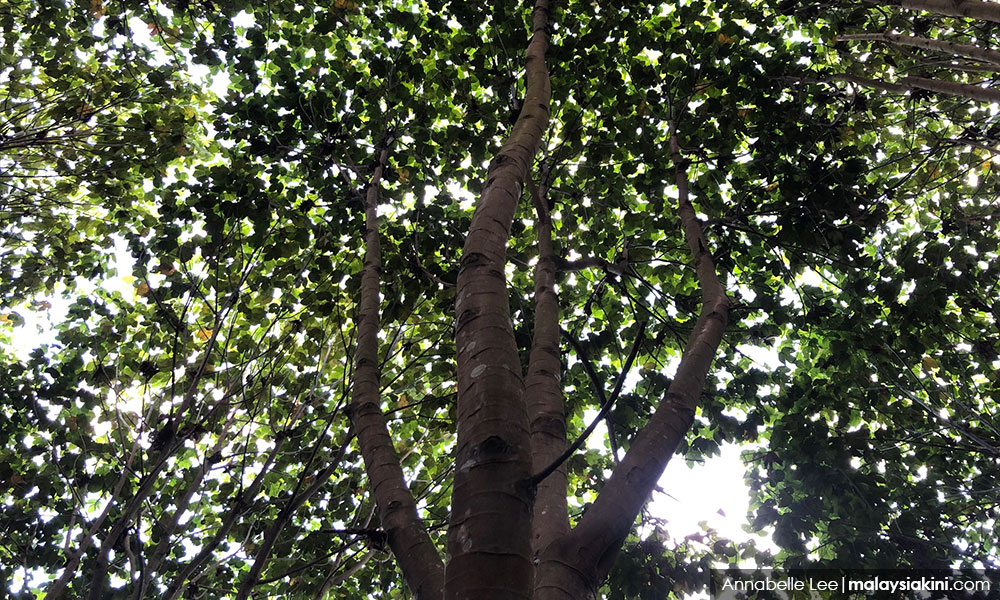
“I don’t think the forest is degraded.
“The fire had burned it previously but the forest now looks alive and spirited. What used to be small saplings have now grown into big trees,” she said.
Aniza (below) was one year old when her family was made to relocate from their old village. This is the only forest she knows and she has been frequenting it with her parents since she was a child.
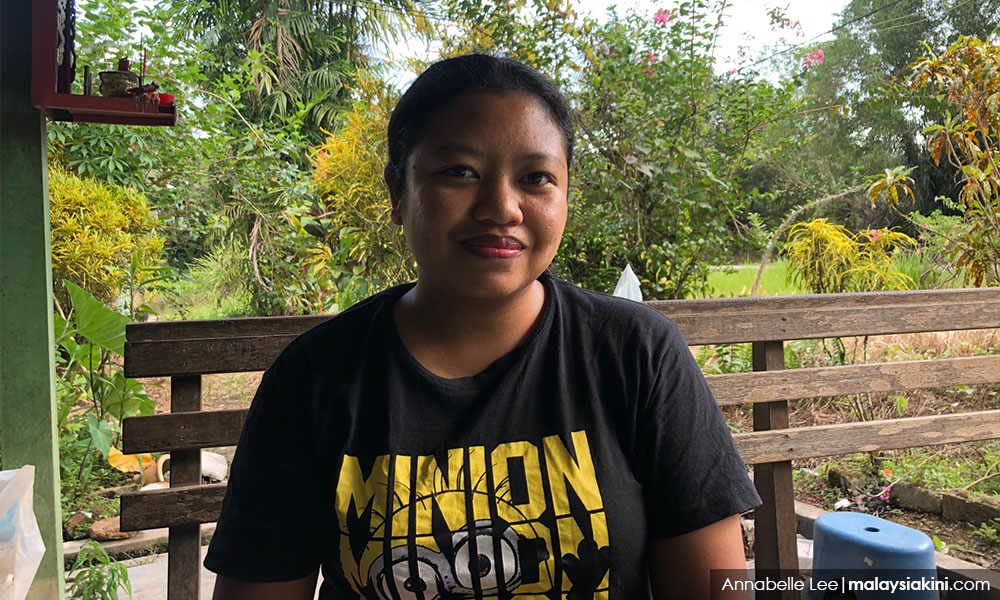
Waking up to trees, not concrete
Previously, the MB had assured that the proposed degazettement would not affect any Orang Asli villages, roaming areas (kawasan merayau) or grave sites.
This failed to assuage the indigenous tribes, and four villages including Kampung Busut Baru have banded together to protest the plan.
Yesterday (March 5) was the last day for stakeholders to submit their feedback to the public hearing on the plan, and NGO the Coalition to Protect Selangor’s Forests told The Malaysian Insight that they alone submitted 13,000 objection letters.
The Selangor Forestry Department will next assess all feedback and compile them into a report for the state government. A town hall for stakeholders will be held after that.
Sari himself has handed in two objection letters on behalf of the village, stressing their opposition to both the mixed-development project and how the proposed East Coast Rail Link (ECRL) train track was set to cut through a portion of the village grounds.
ECRL previously told Malaysiakini that they wanted to “avoid” degazetting the forest reserve and preferred instead to apply for a user permit to use a portion of the protected area.
On top of his concerns that the degazettement would affect the livelihood and safety of the Orang Asli, Sari did not want his five children to grow up in a concrete jungle.
Living away from the forest would cause them to lose their Temuan identity.
“When they grow up, they might not get to see any forests anymore.
“When they wake up, all they will see is concrete,” he said.
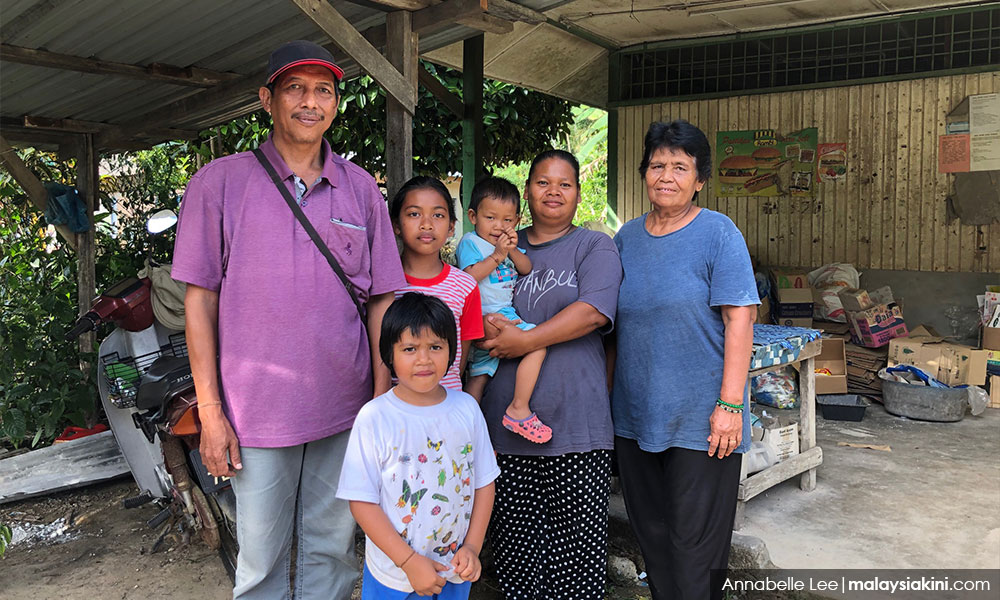



No comments:
Post a Comment
Note: Only a member of this blog may post a comment.